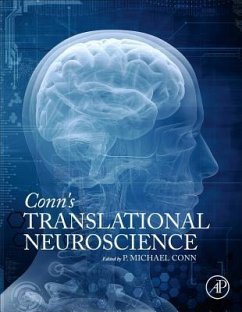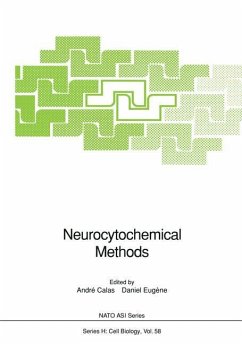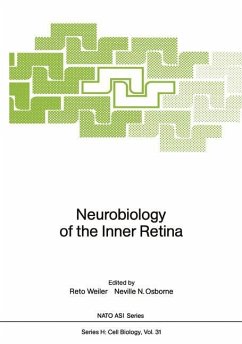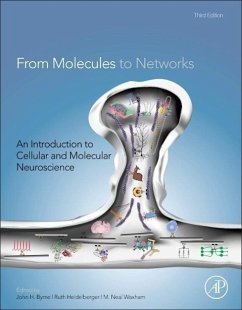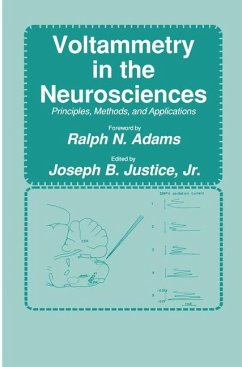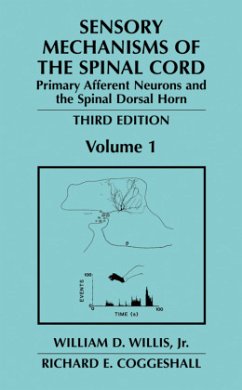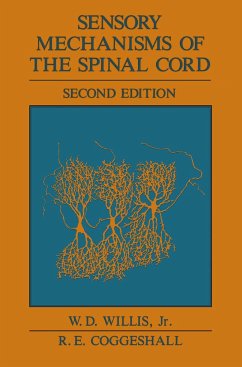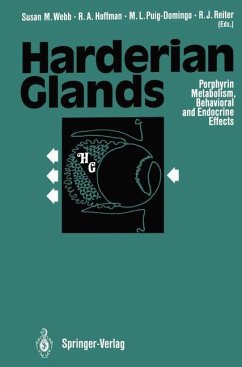
The Catecholaminergic Innervation of the Rat Amygdala

PAYBACK Punkte
39 °P sammeln!
Experimental evidence indicates that catecholamines are able to modulate information processing in the amygdaloid complex. The dense catecholaminergic innervation of the amygdala may thus exert significant influence upon its well-documented functions in emotion, attention, learning and memory. Dysfunctions of the systems have been suggested to be involved in the etiology of neuropsychiatric disorders including senile dementia, Parkinson's disease and schizophrenia. To further insight into neural mechanisms of the innervation, the present study provides a detailed documentation of ultrastructur...
Experimental evidence indicates that catecholamines are able to modulate information processing in the amygdaloid complex. The dense catecholaminergic innervation of the amygdala may thus exert significant influence upon its well-documented functions in emotion, attention, learning and memory. Dysfunctions of the systems have been suggested to be involved in the etiology of neuropsychiatric disorders including senile dementia, Parkinson's disease and schizophrenia. To further insight into neural mechanisms of the innervation, the present study provides a detailed documentation of ultrastructural and neurochemical characteristics of dopanminergic, noradrinergic and adrenergic afferent fibers and of their target structures in central, basal and intercalated amygdaloid nuclei. A high degree of heterogeneitiy is observed between the nuclei concerning the different catecholaminergic innervation patterns and the peptide content of individual catecholaminergic fibers, as well as concerning the neurotransmitter/-modulator and receptor expression of possible amygdaloid target neurons. The results are discussed with regard to previously documented properties of the nuclei.



